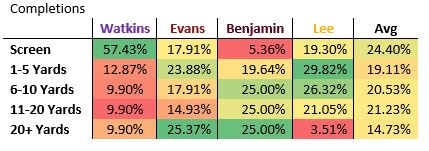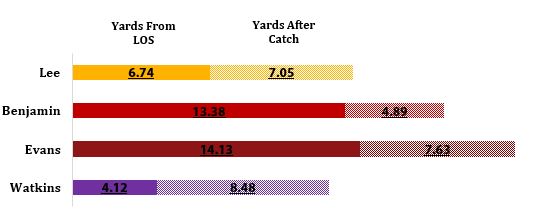do work son
Banned
- 17,118
- 5,186
- Joined
- May 22, 2010
although, if that scenario worked like that, i'd prefer we trade with cleveland obviously and get johnny at 4, but who knows
Why would they do that?
Make sure you get the guy you want, instead of who's left? I wouldn't do it, I'm just saying it's a possibility.






